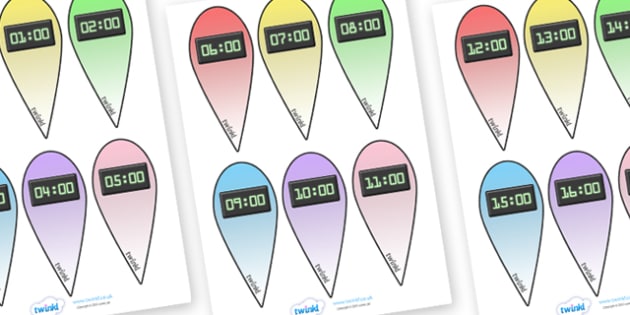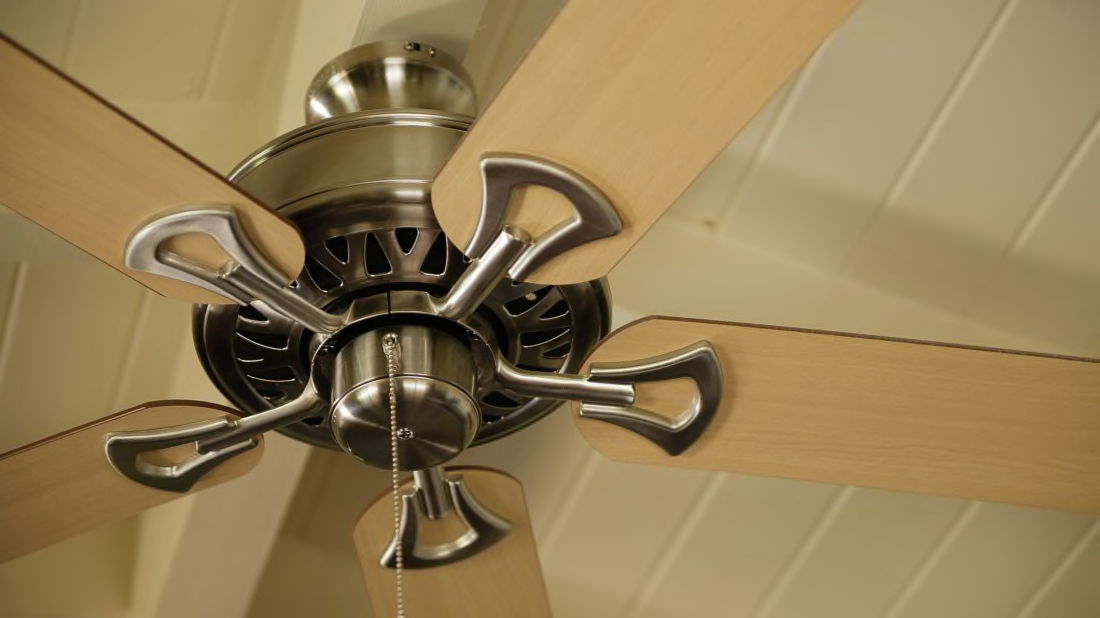

The cool air evaporates perspiration and creates a wind chill effect, which makes you feel cooler without affecting the room temperature. In the summer, ceiling fans should rotate counterclockwise to push cool air down to the floor. Should the ceiling fan switch be up or down for summer? So in Summer, most ceiling fans should rotate in a counter clockwise direction. Because of the angle and pitch of its blades, a ceiling fan circulates air and creates a cool breeze. Most ceiling fans are designed to cool the area underneath them by spinning in a counter clockwise direction. Which way should a fan spin in summer Australia? Ceiling fans can make a huge difference as a complement to your HVAC system. The blade rotation should be set to counterclockwise for cooling, while a clockwise rotation helps to redistribute warm air during the heating season. Does it matter which way the ceiling fan turns? If you don’t feel much air movement, it’s possible that the fan is spinning in the wrong direction. If the fan is moving counterclockwise and you feel a rush of air, it’s in the correct setting for summer. If you are unsure if your fan is turning the correct direction, stand directly under the fan and look up. How do you know if your fan is in reverse? If you don’t, your fan is spinning clockwise.

You should also feel air movement while standing under the fan. They should move from the top left, then down to the right, and then back up to the top. You can tell if your ceiling fan is spinning counterclockwise by watching the way the blades rotate. How can you tell if a fan is going clockwise or counterclockwise?


 0 kommentar(er)
0 kommentar(er)
